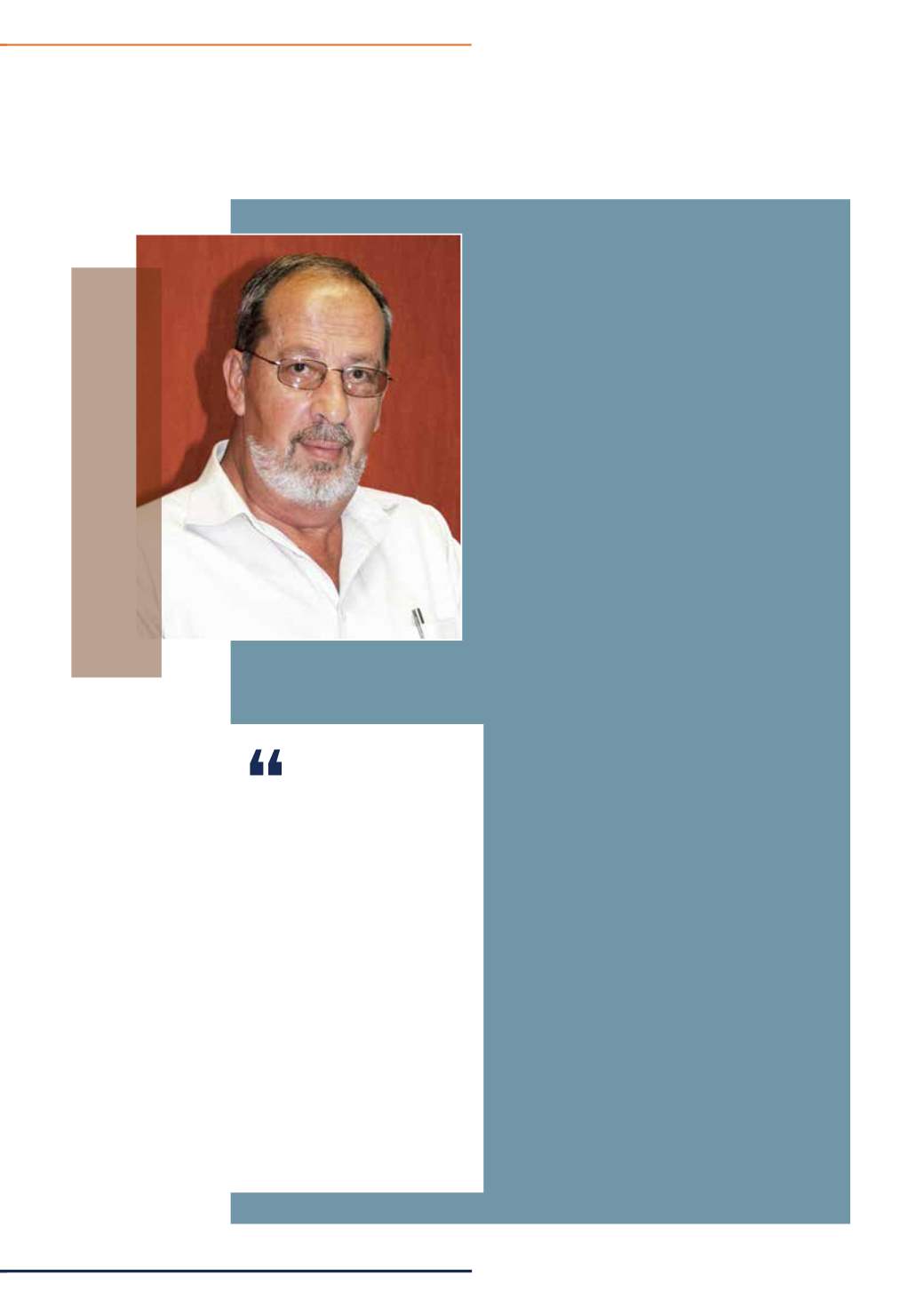

1
SASFA
SUPPLEMENT
2017
SASFA:
10 YEARS ON …
It feels like yesterday when
Dr Hennie de Clercq, then CEO of
the South African Institute of Steel
Construction (SAISC), and myself
returned from a fact finding visit
to Australia on Light Steel Frame
Building. We were absolutely
convinced that this building
technology had to be introduced
to Southern Africa.
Two years later, in 2006, meetings were arranged
with interested parties from industry, and it was
decided that an association needed to be established
to coordinate the development of this industry, to
set industry standards and to facilitate acceptance of
this new building method by local building authorities
and the banks.
We started out by formulating mission and vision
statements and preparing marketing and business
plans, to enable us to approach the major material sup-
pliers to this industry – steel (ArcelorMittal), fibre-ce-
ment board (Everite), gypsum board (Saint-Gobain
and Lafarge) and insulation (Saint-Gobain) – for basic
funding. SASFA was established as a division of the
South African Institute of Steel Construction to limit
administration costs. SASFA invited applications for
different categories of membership, in order to form
a coherent industry, and during the next few years
membership numbers grew to exceed 80 companies.
SASFA reports to an Exco, consisting of elected light
steel frame industry executives, and arranges regular
meetings of the Technical and Training Committees,
consisting of industry specialists.
Codes and standards
A draft building code was compiled, making use of
the SANS timber frame standard, and the acceptance
and support of the NHBRC was obtained for light steel
frame building. Work was immediately started on a
comprehensive building standard, referred to as the
SASFA Building Code. We decided not to reinvent the
wheel, and got support from NASH, the National As-
sociation of Steel Housing in Australia, and the Steel
Framing Alliance from the USA. The SASFA Code was
published in November 2007, and handed over to the
SABS to turn it into an official national standard. SANS
517 was published two years later.
In the meantime, meetings were held with the
banks to get support for bond applications – ABSA was
the first on board, followed by the other major banks.
“I believe that the process of the establishment of
light steel frame building in South Africa would be
an exceptional business school case study.
It demonstrates howmany things have to be done
and howmany issues have to be addressed if you
want to establish a technology in a newmarket.
And if it is a disruptive technology, enemies and
detractors can be expected, and they did mate-
rialise. SASFA is a living demonstration of how a
good strategy, vigorously executed by a strong
association and an industry standing together, can
achieve success despite the difficulties.”
Dr Hennie de Clercq, former CEO of South African
Institute of Steel Construction (SAISC)
















